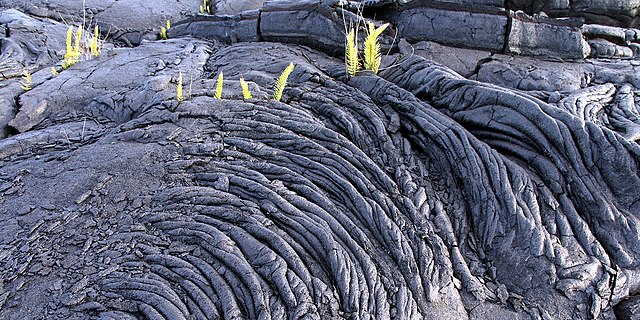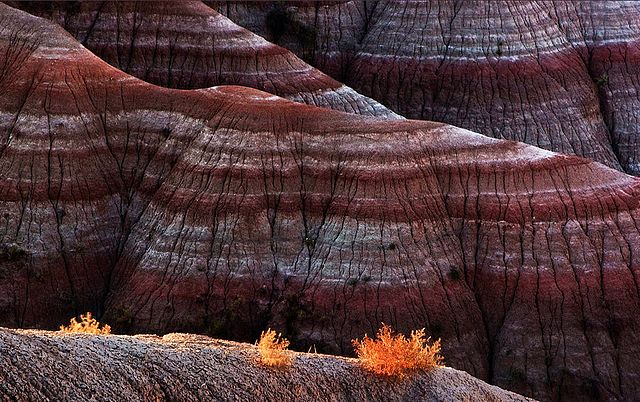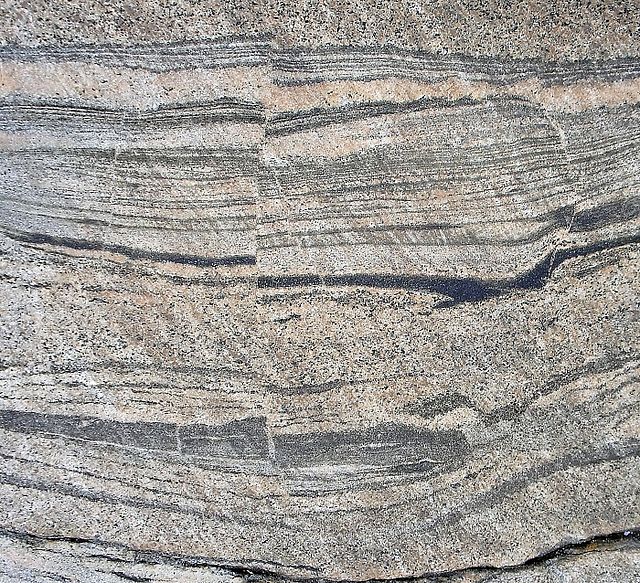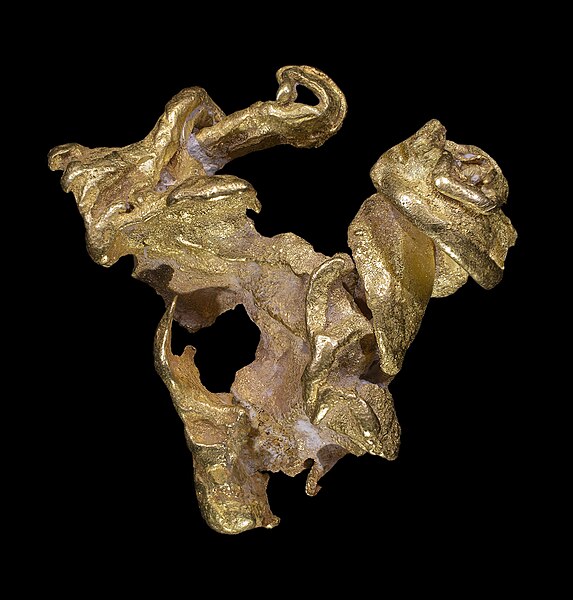The rock cycle is a basic concept in geology that describes transitions through geologic time among the three main rock types: sedimentary, metamorphic, and igneous. Each rock type is altered when it is forced out of its equilibrium conditions. For example, an igneous rock such as basalt may break down and dissolve when exposed to the atmosphere, or melt as it is subducted under a continent. Due to the driving forces of the rock cycle, plate tectonics and the water cycle, rocks do not remain in equilibrium and change as they encounter new environments. The rock cycle explains how the three rock types are related to each other, and how processes change from one type to another over time. This cyclical aspect makes rock change a geologic cycle and, on planets containing life, a biogeochemical cycle.

Diagram of the rock cycle. Legend: 1 = magma; 2 = crystallization (freezing of rock); 3 = igneous rocks; 4 = erosion; 5 = sedimentation; 6 = sediments & sedimentary rocks; 7 = tectonic burial and metamorphism; 8 = metamorphic rocks; 9 = melting.
This diamond is a mineral from within an igneous or metamorphic rock that formed at high temperature and pressure
Structures of Igneous Rock. Legend: A = magma chamber (batholith); B = dyke/dike; C = laccolith; D = pegmatite; E = sill; F = stratovolcano; processes: 1 = newer intrusion cutting through older one; 2 = xenolith or roof pendant; 3 = contact metamorphism; 4 = uplift due to laccolith emplacement.
Geology is a branch of natural science concerned with the Earth and other astronomical objects, the rocks of which they are composed, and the processes by which they change over time. Modern geology significantly overlaps all other Earth sciences, including hydrology. It is integrated with Earth system science and planetary science.
Solidified lava flow in Hawaii
Sedimentary layers in Badlands National Park, South Dakota
Metamorphic rock, Nunavut, Canada
Native gold from Venezuela







